An Oasis in the Heart of Spain's Arid Plains
Friday, July 26, 2024

An explosion of the purest nature, with waterfalls and cascades, the Ruidera Lakes (Lagunas de Ruidera) have been declared a Biosphere Reserve by UNESCO, and appear before the visitor's eyes as an oasis of water and plants in the heart of La Mancha's arid plains - home to Don Quijote. Wetlands with extraordinary flora and fauna, along with unforgettable dawns and dusks await those who decide to visit this unique site.
The Ruidera Lakes are naturally formed by a group of 16 small lakes on different levels with an altitude difference of 120m between the first lake called "La Blanca" and the last lake "La Cenagosa". Some are interconnected, and turn this otherwise arid area of ochre tones, into a real oasis. Besides the area’s natural beauty, it also offers the chance to practise a variety of leisure and sports activities.
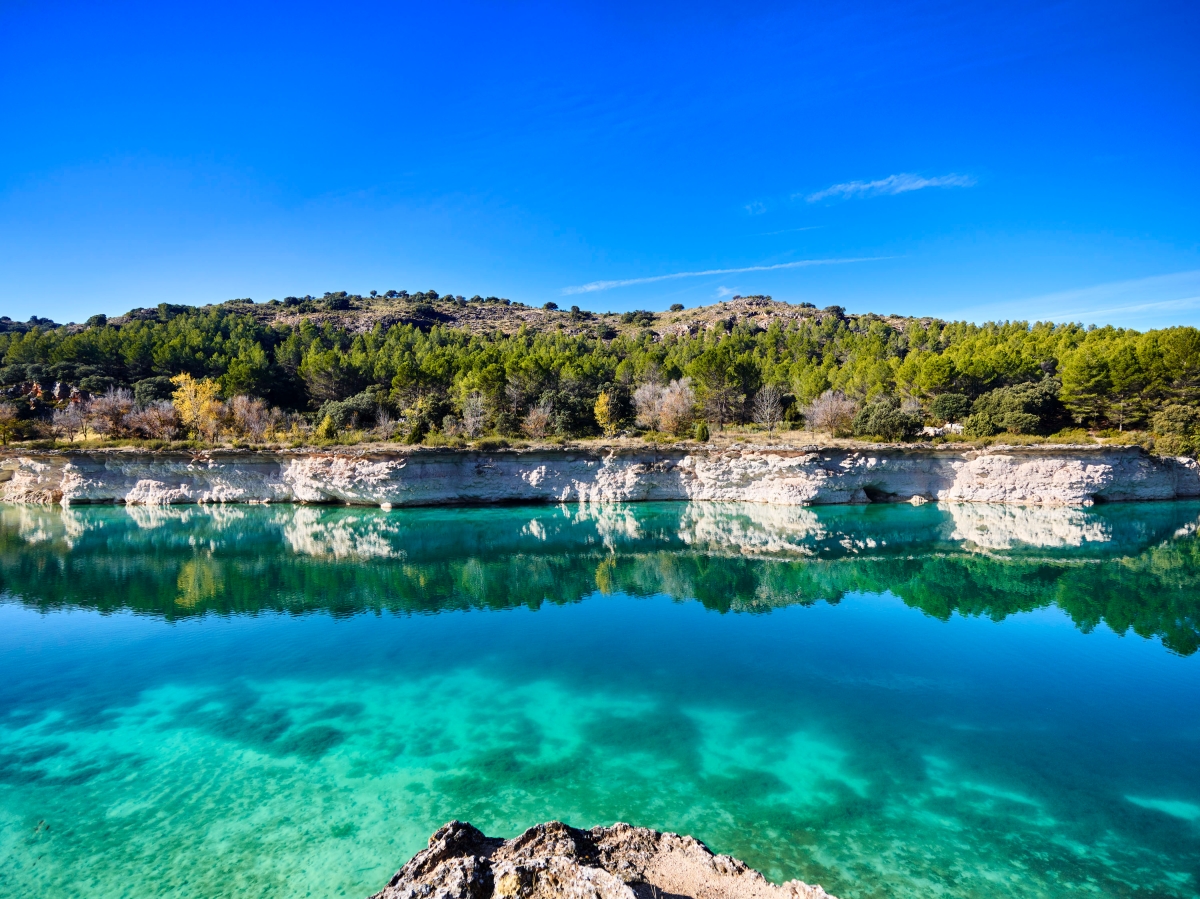
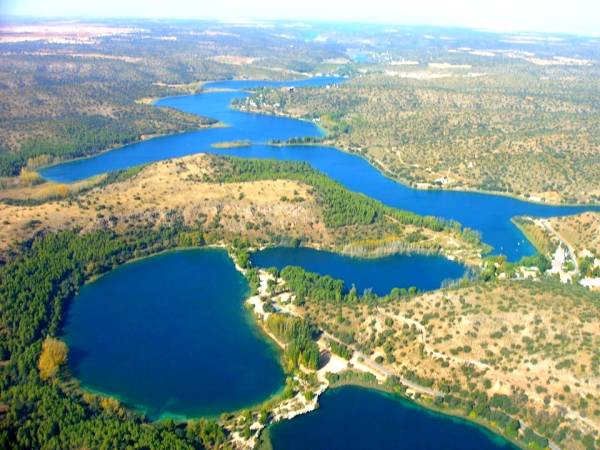
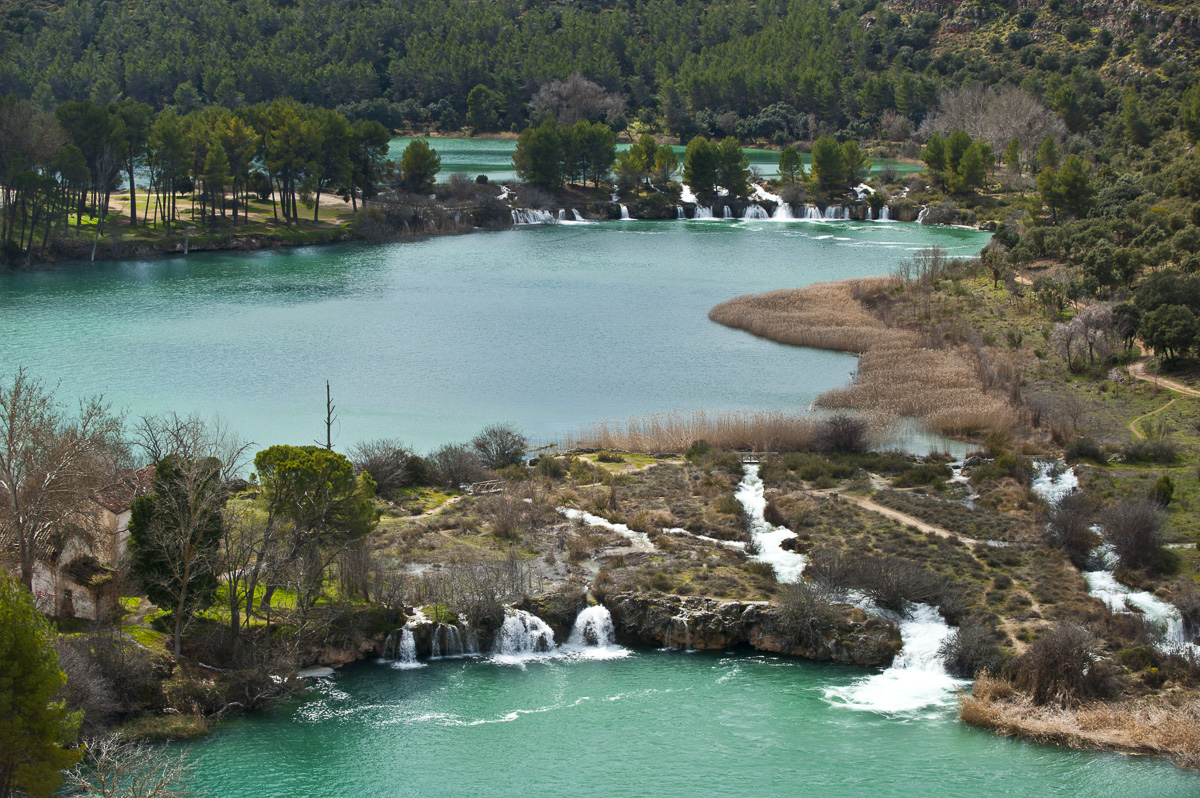
Walking, fishing, golf, canoeing, sailing and scuba diving are some of the activities you can enjoy in this protected Nature Reserve which spans over 4,000 hectares between the provinces of Ciudad Real and Albacete and fortunately for us is just a stone's throw away from our village property in Valdepeñas.
These lakes also provide a rest area for migratory birds such as common pochards, red-crested pochards, common mallards, great crested grebes and purple herons. These species live together with a rich autochthonous fauna full of birds including partridges, Azure-winged magpies, wood pigeons, and bee-eaters; as well as foxes, otters, rabbits, genet and bats.

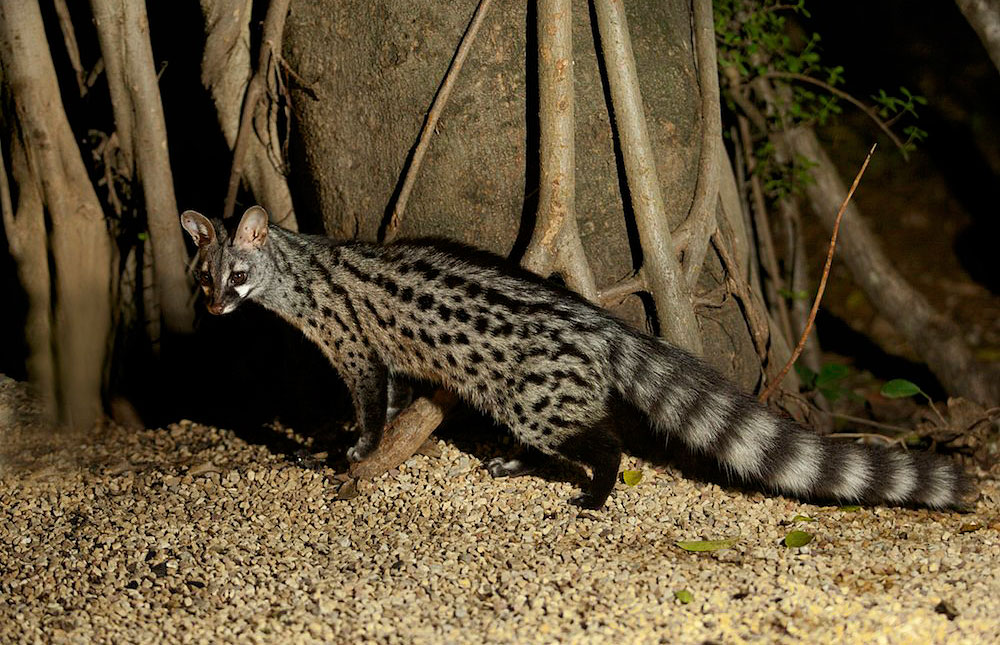
Its waters are full of carp, barbells, pike and ducks living among reeds, reedmace, and giant reeds and surrounded by holm oaks, junipers, savins and thyme - just a few of the more than 800 plant species to be found in this area which perfume the air around the lakes.
The source of these lakes is a series of springs and streams that come together between the towns Ossa de Montiel and Ruidera. This is how these small, shallow, crystal-clear lakes are formed. The Guadiana River (one of Spain’s longest) has its source here too, and her waters disappear underground for 15 km to then rise again in the towns of Villarubia de Los Ojos and Daimiel.
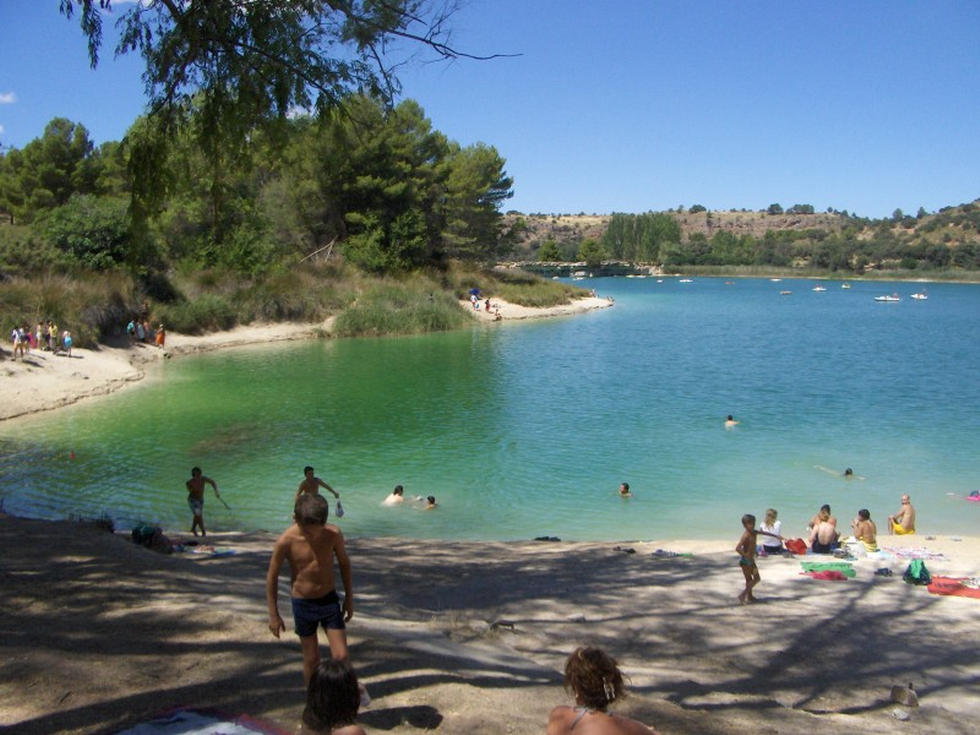
But the lakes are much more than just scenery and nature. In addition to the outings and water sports, it is a fantastic area to enjoy hiking, hunting, fishing, horse riding or cycling, as well as 4x4 tours which are really fun! The more adventurous can practise paragliding or caving in the many fissures and grottos to be found in the area. And of course, you can play golf on a nine-hole course in the nearby town of Tomelloso, just fifteen minutes from the lakes there is also has a go-kart racing track. In Torrenueva there is also a five-star hotel with a fantastic 18 hole golf course if you fancy some true creature comforts!
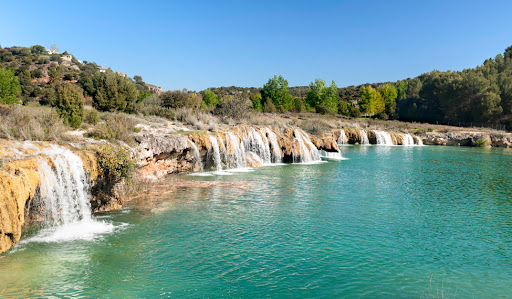
Even Miguel de Cervantes, the literary father of Don Quixote de la Mancha was captivated by the charm of the Ruidera lakes. He set part of his literary masterpiece in the Campo de Montiel area, which takes in most of the present-day Nature Reserve.
Nearby is Campo de Criptana, a town where we can admire the windmills Don Quixote mistook for giants and which are still fully integrated in the landscape of this welcoming land. It is also home to a unique local cuisine.
As far as gastronomy is concerned, there is an extended and varied choice of dishes: gachas (special dough), migas (breadcrumbs fried in garlic), ratatouille, broth with garlic, egg and bread, pulse stews, gazpacho (cold summer soup), game, caldereta (stew), roasts, duelos y quebrantos (chorizo and lamb brains sautéed with egg)... most of which appear in Cervante's immortal work. We cannot forget manchego cheese, which is known worldwide and made from sheep’s milk, or the wines of the area with its Designation of Origin. A true culinary delight to accompany Spain's great natural oasis.
Ver mapa más grande
 3
Like
Published at 8:19 AM Comments (1)
3
Like
Published at 8:19 AM Comments (1)
Spanish White Wines
Saturday, July 20, 2024
When we talk about Spanish wines, it’s easy to think only of its reds — the flagship tempranillos of the Rioja region, the robust wines of Ribera del Duero, the trendy new offerings from Priorat.
But we must add Spanish whites to our mental wine lists. Spain makes fabulous whites, from the steely, floral Albariño wines of the northeastern Galicia region to the crisp, high-plains verdejos of heartlands Rueda.
People who are accustomed to chardonnay and sauvignon blanc often know little of Spain’s whites. They’re worth learning about. They tend to be light, dry, crisp and mineral-scented, so they go as well with the same foods as the world’s sauvignon blancs.
In Spain, these wines have grown up for centuries with the country’s varied local cuisines, and it’s cliche but true that “what grows together goes together.”
Albarino, from Spain’s northwestern Galicia region, is a steely, floral white wine that goes well with seafood, fish and really just about anything. It is a fantastic white wine to drink just on its own and has quickly become the flagship white wine of Spain. Amongst my favorites are Martin Codax and Val Do Sosego (both Albariño)
Verdejo, is similar to Italy’s pinot grigio, with the crisp minerality and citrus tang from the cold, high plains of Rueda, north of Madrid. It’s great with roasted poultry and roast suckling pig.
Here is a description of the different types of white wine available in Spain
Dry White Wines
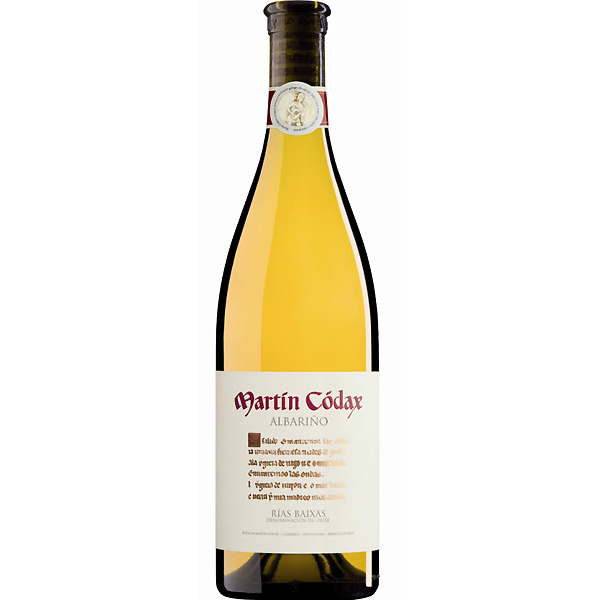 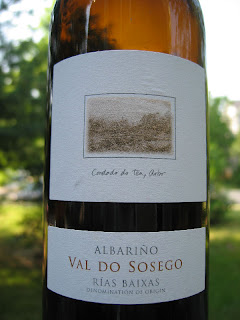
Balance, acidity and alcohol are the main characteristics of these wines. To experience all of their finesse, these wines should be consumed within their first two years.
They are more structured than aromatic white wines. The properties unique to natural dry wines make them take longer to evolve and age. But when they do, they sometimes lose a little of their elegance.
Only in rare cases do they age well, and thus they should be consumed during the first two years following their production.
In Spain, natural dry white wines are made from different native grape varieties. Grapes from Albariño, Godello, Macabeo, Treixadura or Airén are just a few examples.
Exotic grapes that are spread throughout the entire Spanish wine country are also drawn upon, in this case Chardonnay, Riesling, Sauvignon blanc or Viognier which are used to make natural dry white wines.
Oaked Dry White Wines
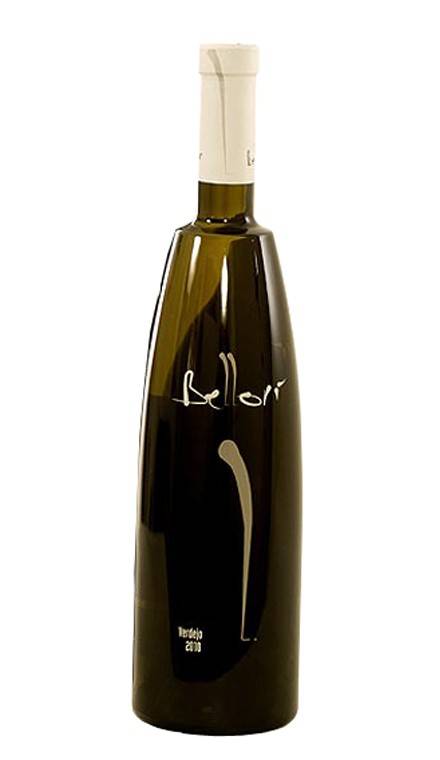 A white wine becomes dry when it has spent an extensive period of time in contact with wood, particularly oak. A white wine becomes dry when it has spent an extensive period of time in contact with wood, particularly oak.
The contact between the white wine and the wood can be implemented during the entire fermentation process or only during part of the process.
The containers used to mingle wine and wood are varied. The most common barrels are the Bordeaux barriques style ones which hold 225 litres, but there are also barrels that hold 500 litres or more. Depending on their capacity, they are made out of different types of wood. The most frequently used wood is French oak but barrels made of American or Central European oak are also manufactured and are very popular nowadays.
The time that the wine remains in the wood varies. It depends on the type of grape and the winemaking techniques used.
But any oaked dry wine can be distinguished from other white wines by its personality, reflecting a blending of the characteristics of the area and the grape with the properties of the wood.
White wine that has been oaked will take on a distinct visual appearance, aroma and palate. A more intense colour, bordering on golden, is the first clue. The nose retains the aromas of the grapes themselves melded with the aromas that are typical of the wood used. Not all grape varieties are adequate for making this type of wine. The best ones include: Chardonnay and Aligote, and for Spanish grapes, Verdejo, Albariño and Godello.
The nuances of the grape variety are added to the aromas that are inherent in the wood – mainly the aroma of vanilla and spices.
The mouthfeel of these white wines is intense with more body, structure and volume and with a personality that is very different from other white wines. They can be kept for longer.
Sweet White Wines
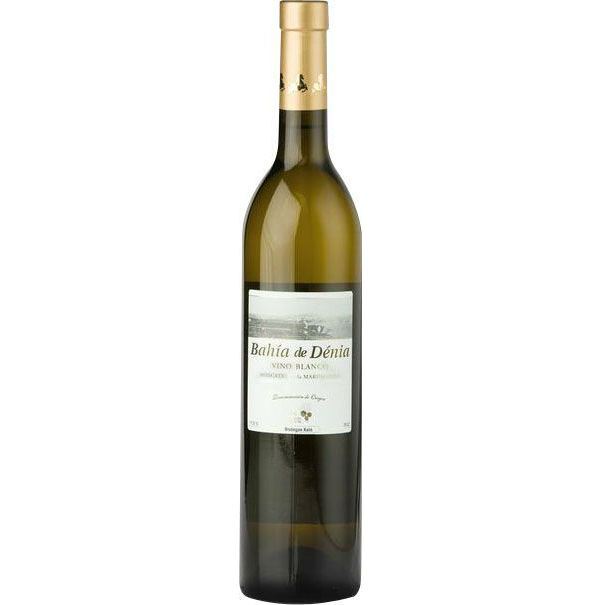 This category of sweet wines is comprised of all wines with a high amount of sugar, whether residual or derived from the procedures to add alcohol to the unfermented grape juice. This category of sweet wines is comprised of all wines with a high amount of sugar, whether residual or derived from the procedures to add alcohol to the unfermented grape juice.
This category also includes wines with a low alcohol content that are enhanced with sugars derived from various procedures such as the freezing of grapes on the vine or a later grape harvest.
In Spain, there are three main groups that are among the most prized: Muscat, Malvasia and Pedro Ximénez wines.
Muscat wines are made from different varieties of Muscat grapes. In Spain the ones made in Andalucía, the Levante and Navarre are the most distinguished, although the areas of production and the different types of grapes used in the production process of these wines provide different flavour nuances (Muscat from Málaga, Moscatel Romano, Muscat of Alexandria, etc.). The golden and shiny colour, the fruity aromas and the crisp and sweet palate are consistent across these wines. (It is worthwhile to note the differences among these wines by geographical region, grape variety, harvesting seasons and processes)
Malvasia wines are made from a very particular yet common grape. The varietal should be discussed where Canarian Malvasia can be highlighted. The grape is left to mature on the vine and is harvested when the concentration of sugar is very high or it has dried in the sun. It is used as a varietal for natural sweet wines with an alcohol content of 16%. The result is a high-quality wine that is typical of Lanzarote. The Malvasía sweet wines from the Canary Islands are a toasted golden yellow colour with mineral aromas and flavours and with lots of body.
Finally, Pedro Ximénez wines come from a white grape of the same name. They are Andalusian wines that are also distinguished by their high sugar content. The harvested grapes are turned to rasins and to do so are put in the sun for 4 to 15 days, placed upon wide areas of ground on top of esparto fabric. This dehydration process makes fermentation very difficult, which is offset by adding distilled spirit. Finally, they are subject to a single ageing process in a criadera and solera barrel system.
These wines have a high sugar content and a variable alcohol content – between 8% and 15%. They are very dense and concentrated with a colour that can vary from chestnut tones to dark brown or almost black with a golden glow.
Young Aromatic White wines
 These wines preserve the aromatic qualities and characteristics of the raw ingredients used. They are labelled as light and acidic with floral and fruity aromas. These wines preserve the aromatic qualities and characteristics of the raw ingredients used. They are labelled as light and acidic with floral and fruity aromas.
Just like all white wines, young whites are obtained from white grapes or red ones without a coloured pulp. The grape juice is allowed to ferment without the grape solids or the stems, which are elements that colour the wine. Once the fermentation is complete, the wine is clarified, filtered, stabilised and bottled for sale.
It retains the characteristics of a young wine in terms of acidity, lightness, its floral and fruity aroma, temperament and warmth.
In order to achieve the desired results in making young white wines, the grapes that will be used are painstakingly selected. Generally, aromatic grapes are selected such as Gewürztraminer, Muscat, Riesling, Macabeo or Parellada grapes.
The winemaking process is also carefully conducted, controlling the fermentation temperature and other parameters.
By extension, today white wines that are made in such as way as to preserve the aromatic properties and characteristics of the raw ingredients to the greatest extent possible are included in this group.
 0
Like
Published at 11:52 AM Comments (0)
0
Like
Published at 11:52 AM Comments (0)
The Roman Salting Factory of Mazarron
Saturday, July 13, 2024
The town of Mazarrón is located in the southeast of Spain. It is part of the Autonomous Community of Murcia, 72 km from the regional capital, Murcia.
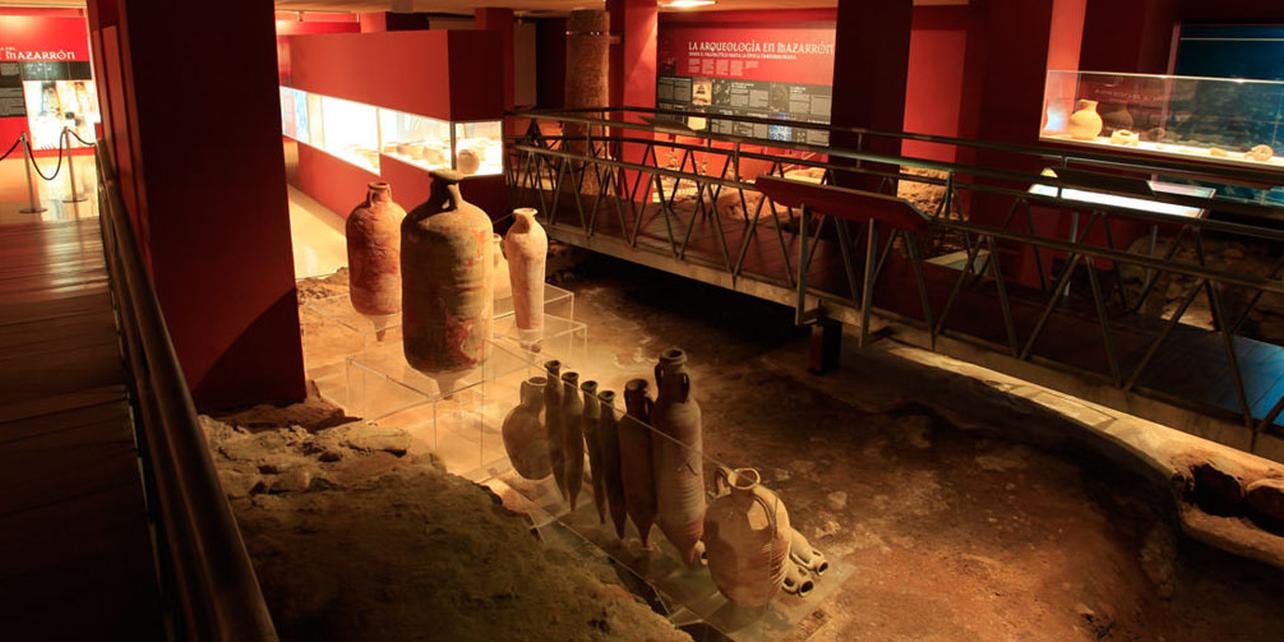
In 1976 a large Roman salting factory was discovered, dating back to the 4th and 5th centuries AD. The structure preserved in the Salazones Museum-Factory corresponds to the area used for the cleaning, chopping and salting process of fish. This industrial complex would have extended through the streets and lots adjacent to the museum. The museum offers a tour that consists of four stages: 1) the salting factory; 2) from Paleolithic to late Roman times; 3) the late Roman period; and 4) from the Middle Ages to the present day.
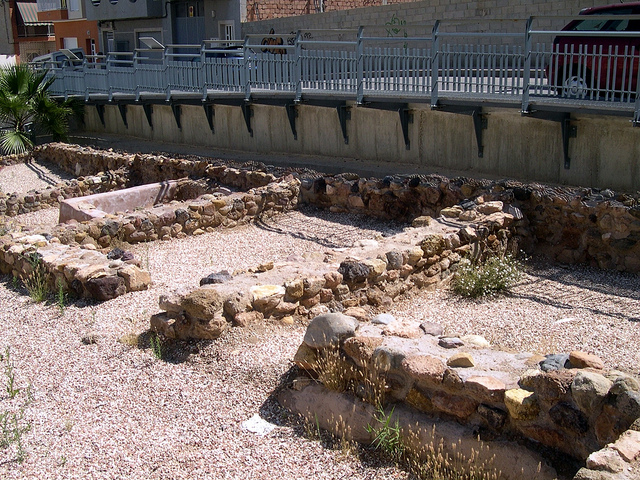
A fundamental element in the salting factories was the pools or tanks in which the fish was macerated with salt; this process lasted between twenty days and three months. Later, in these same pools, the fish meats were seasoned and the different fish sauces were made, the undisputed star being Garum.
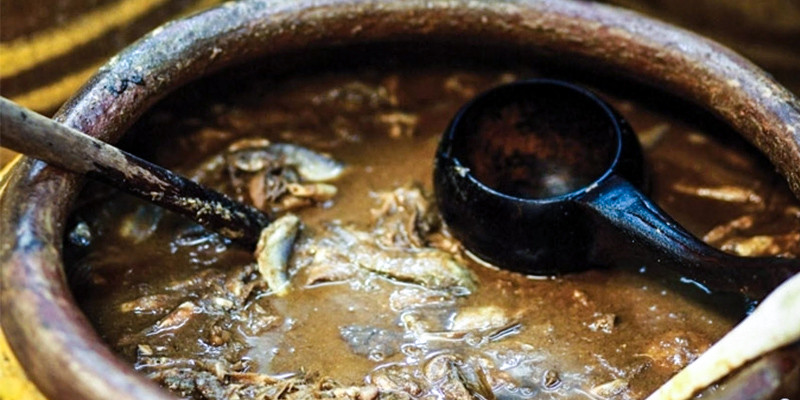
 [Modern Garum, following Roman recipe from Pompeii] [Modern Garum, following Roman recipe from Pompeii]
Garum was an essential element in any Roman kitchen that was valued, as a condiment for countless dishes. It was obtained by the maceration of the viscera of certain fish. After the fermentation process, and the action of heat, the fish was reduced to the precious liquid called Garum, for which astronomical sums were paid.
Next to the salting factory are the vestiges of a Roman house, on Era Street, dating from the 4th - 5th centuries AD. It was part of a group of houses that were probably related to the fishing industry and the peak of the salting factory. Its residents must have been people with good purchasing power since a significant number of imported coins and domestic objects were found in the archaeological excavations.
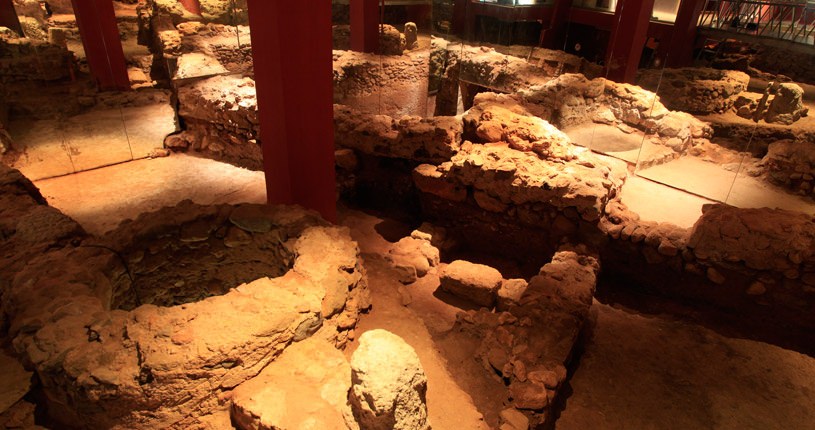
A third section that can be visited, also linked to the salting industry, is the Roman complex of Alamillo. The oldest vestiges, which cannot be visited, correspond to the republican period, in the Loma del Alamillo, where a sanctuary has been identified. The rest of the complex is related to the industrial area of a Roman villa, highlighting the pools where the famous and highly demanded garum was produced.
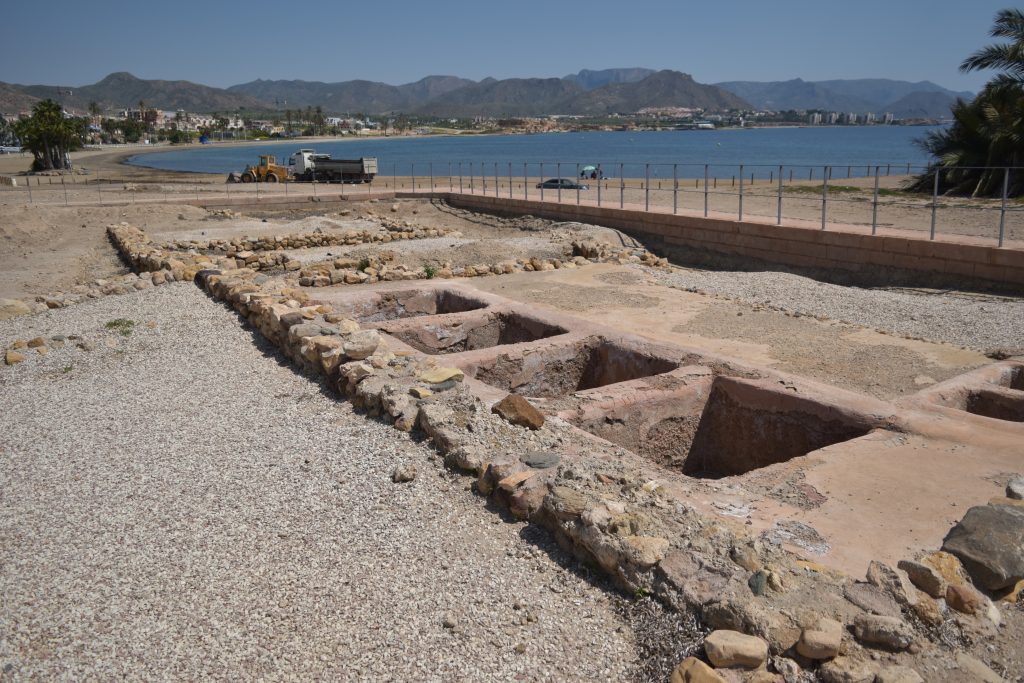
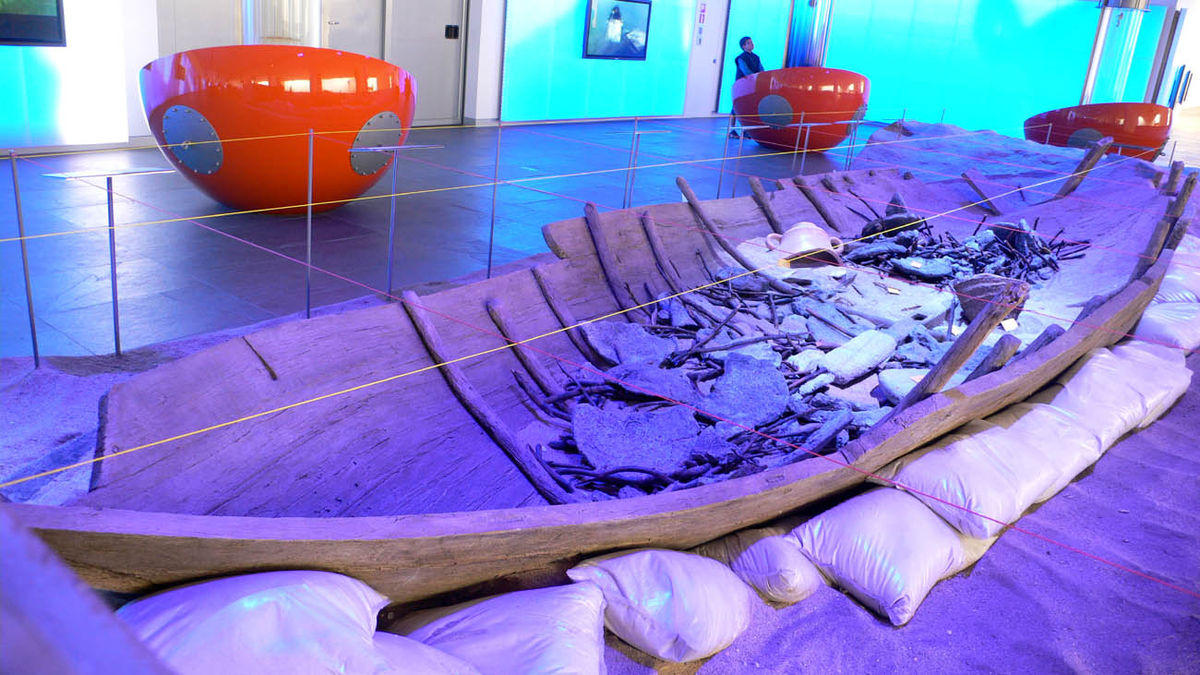
Another point of interest is the Interpretation Center of the Phoenician Ship of Mazarrón, located in Jardín del Gachero in Puerto de Mazarrón, next to Playa de la Isla. It has audiovisual information, various explanatory panels, models and a reproduction of the Mazarrón 2 wreck, found in Playa de la Isla in 1994. This boat, the best preserved in the Mediterranean, was faster but with less load capacity than the Gôlah - the typical Phoenician merchant ship. The wreck was found practically intact in its original position and was loaded with 2,820 kg of circular litharge bars, used for silver mining.
 0
Like
Published at 12:49 PM Comments (0)
0
Like
Published at 12:49 PM Comments (0)
Four Amazing Natural Pools in Spain
Friday, July 5, 2024
The magazine specialising in inland tourism, Escapada Rural, has offered a selection of the best natural pools scattered throughout the country to take a dip in these hot months of Summer. Fancy a dip?!
Garganta de los infiernos in Cáceres.

This natural enclave offers a series of pools with transparent water and some rapids which offer a whole lot of fun for all ages. They are very close to the Jerte Valley, known for its cherry blossoms, and access is completely free. Currently, due to the health situation, there is a capacity of 300 people in the nature reserve. In addition, access and parking are regulated without the possibility of booking in advance. From the tourist office, they warn that although you are allowed to go with pets they must be on a lead, on the other hand, access with motor vehicles is prohibited and they insist on the need to take care of the environment so leaving rubbish behind will imply a hefty fine from the authorities.
Chorreras de Cabriel in Cuenca
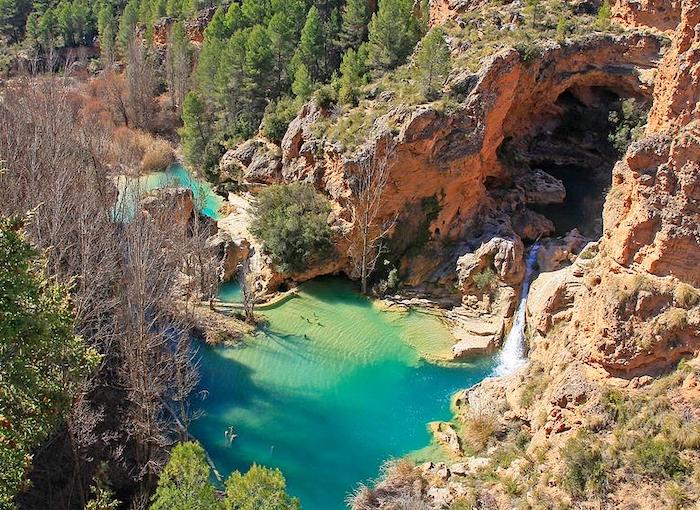
Less than an hour and a half from Cuenca, this natural bathing area through which the Cabriel River flows, offers imposing pools of blue and crystalline waters. This space was declared a Biosphere Reserve by UNESCO in 2019. It is an area with waterfalls and pools of turquoise water, where you can go hiking, do water sports and nature tourism, especially bird watching. A great day out for the whole family. It is essential to come with a parking reservation, as that is how they regulate the capacity, this can be obtained from their own website.
Pozas Pou Clar in Valencia
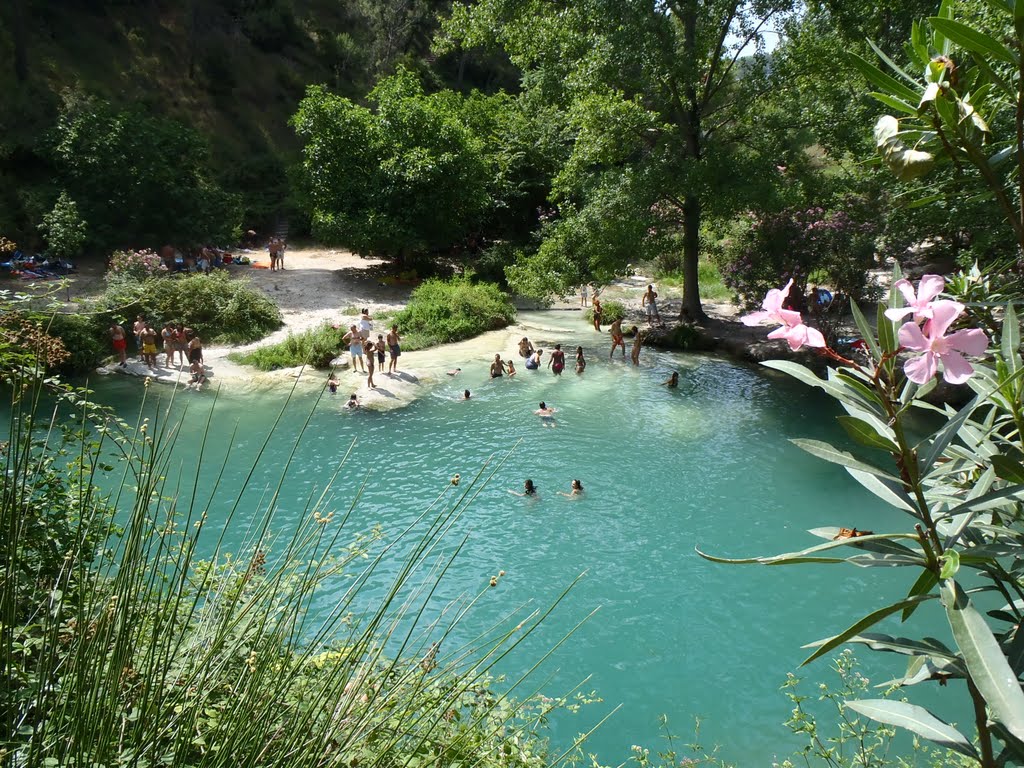
These clean, turquoise water pools are located in Ontinyent, a town less than an hour from Valencia. The Clariano River runs through this river area and creates up to six different natural pools as it passes through the entire rocky area. It can be reached on foot, by bicycle or car from the municipality and at its entrance there is parking for vehicles. It is possible to bathe, have lunch on the indicated dates (between October and May, in the summer months it is prohibited) and enjoy nature. As in the rest of the locations, camping, barbecues or depositing waste is prohibited.
Arenas de San Pedro in Ávila
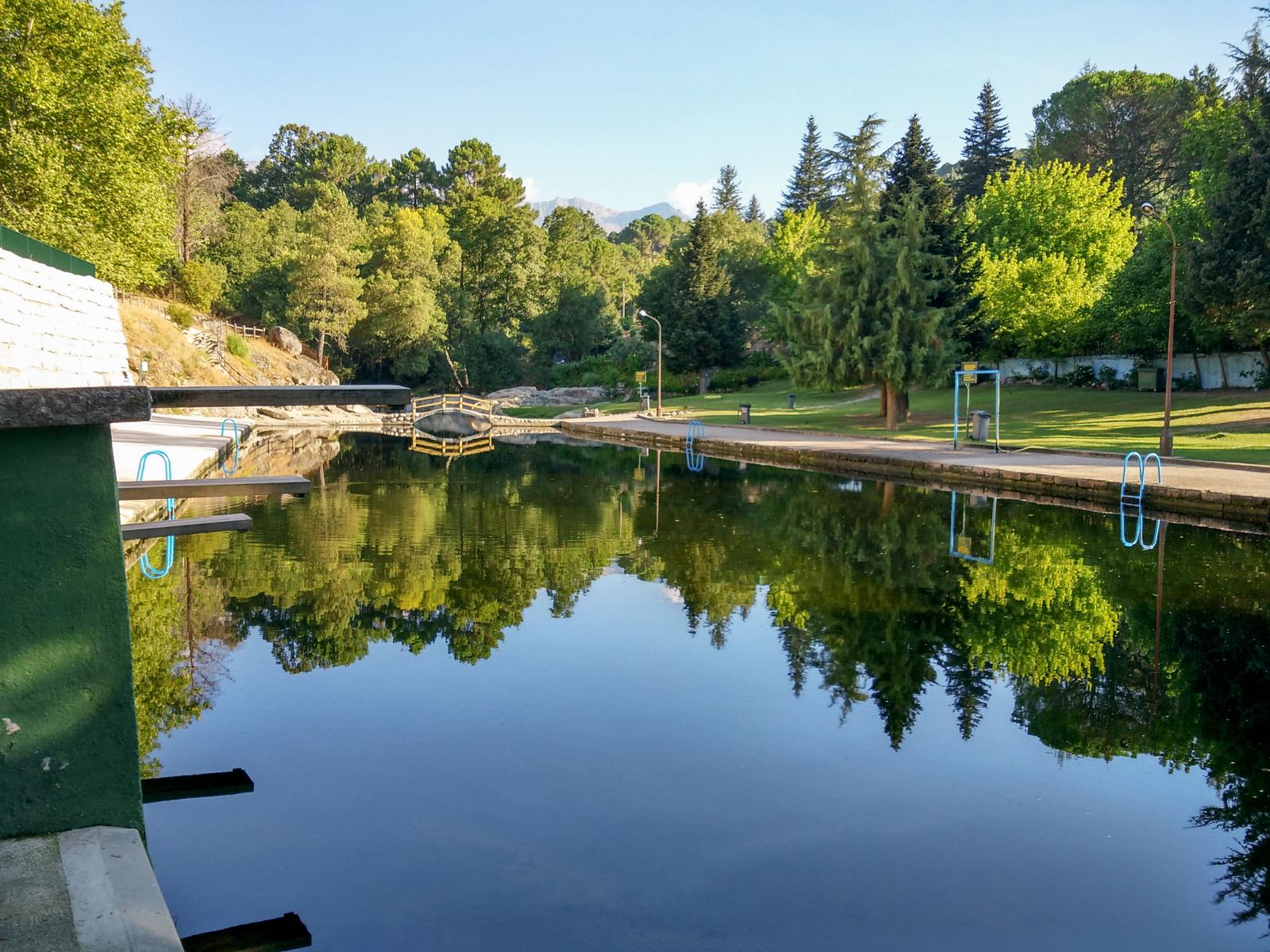
If what you are looking for is a more family and peaceful environment, the natural pools of Arenas De San Pedro are the key for this season. In the province of Ávila, approximately an hour and a half away is this wonderful destination. Its bathing area is shallower than others so it will be safer for the little ones in the family. Near the bathing area, there is a nearby car park with a capacity for 50 vehicles. In addition, in its surroundings, there is a meadow with grass where you can rest and outdoor showers, access stairs, and even a trampoline. In the vicinity of the municipality, there are also the Cuevas del Águila, a gem of geological heritage that allows you to go deep down into the interior of the Earth.
 0
Like
Published at 7:31 PM Comments (0)
0
Like
Published at 7:31 PM Comments (0)
Spam post or Abuse? Please let us know
|
|